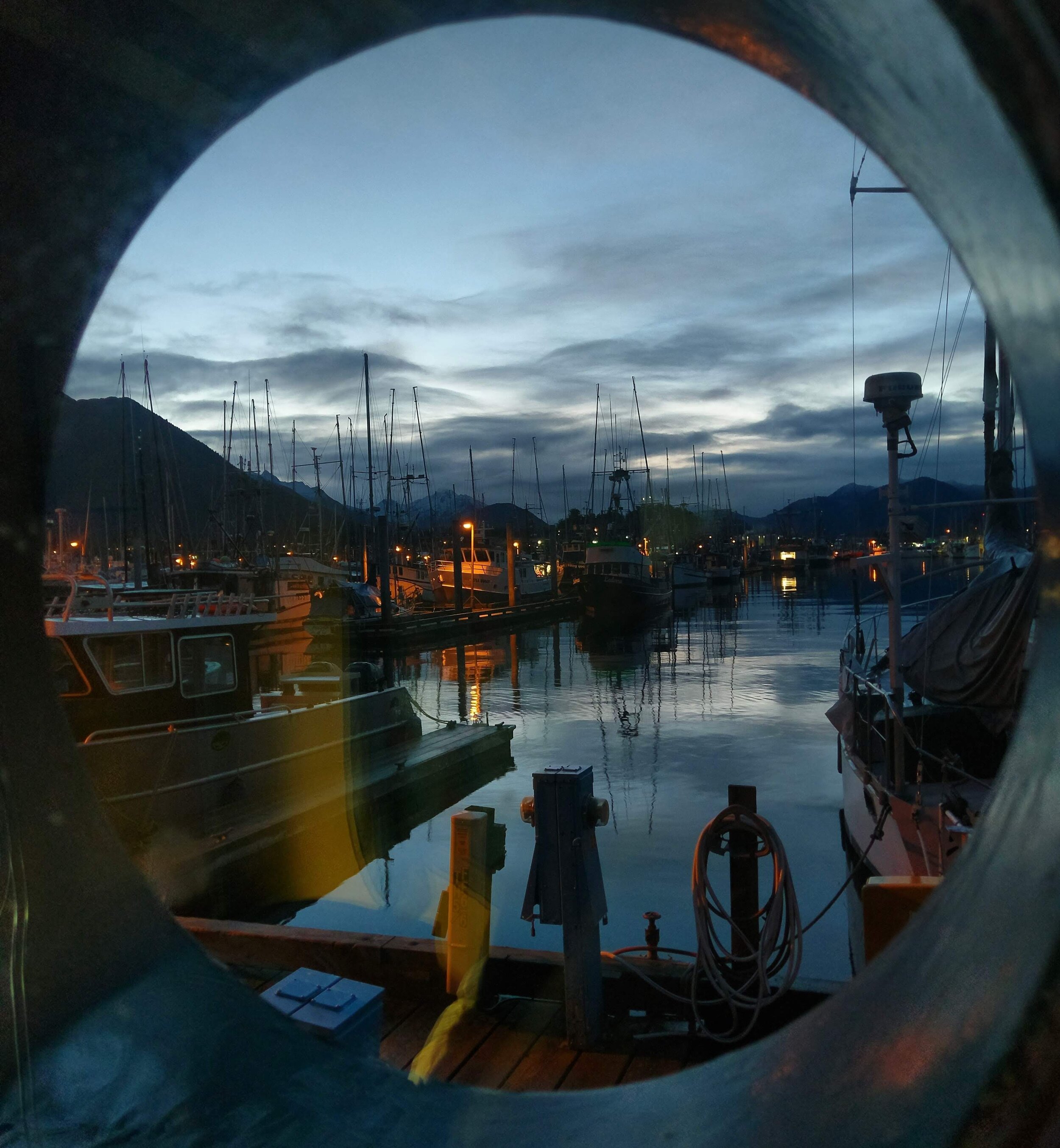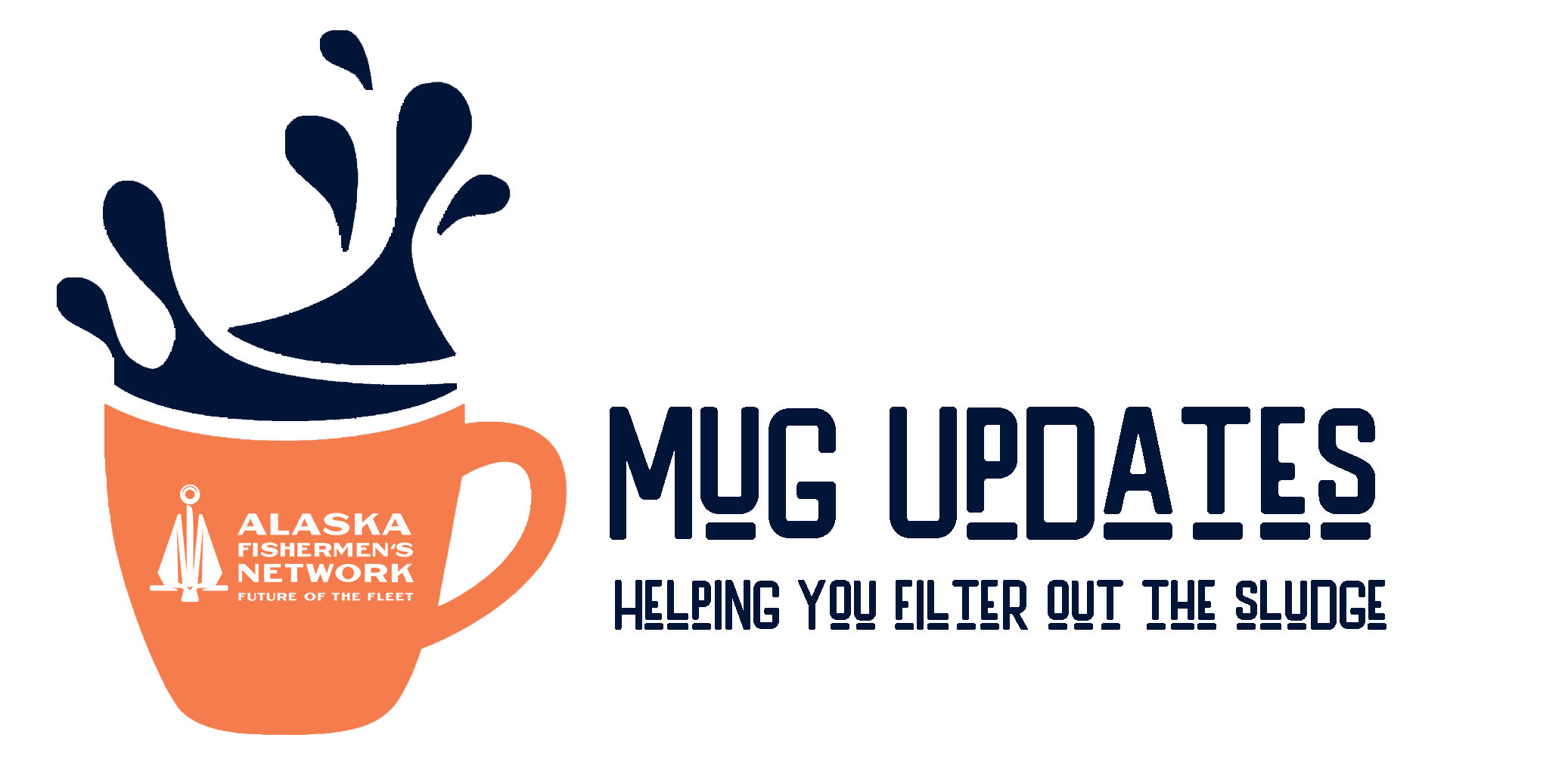PPP
The Paycheck Protection Program reopened for applications January 11, 2021 and will remain open until March 31, 2021. Check out our Mug Update on round one for background on the program.
If you have already received PPP funds, certain businesses are eligible for a second round of PPP funds starting January 13, 2021 until March 31, 2021.
AK CARES
The State of Alaska was allocated $50 million of the initial $300 million directed toward fisheries relief by Congress in spring 2020. Applications opened March 1st for the Alaska NOAA CARES Fisheries Act Assistance Program. The application period closes April 23, 2021. You and your financial advisor are the best judge of whether this program applies to you.
General Eligibility Requirements:
In addition to Alaska residents, “nonresident commercial harvesters may be eligible to apply to the state of Alaska if they meet the following criteria:
Must be a resident of a state that did not receive a Section 12005 allocation
Must meet all eligibility requirements outlined in this plan”
Applicants must be able to document a greater than 35% loss when comparing March 1, 2020 – November 30, 2020 gross revenue to average annual gross revenue from 2015-2019 (or for available years)
Must hold one or more of the following
Valid 2020 Commercial Fisheries Entry Commission (CFEC) commercial vessel license
Support vessels and/or skiffs without a CFEC vessel licenses are not eligible for a share.
2020 NOAA Fisheries License Limitation Permit
2020 NOAA Fisheries Halibut/Sablefish Individual Fishing Quota Permit
2019/2020 or 2020/2021 NOAA Fisheries Bering Sea and Aleutian Island Crab Rationalization Individual Fishing Quota Permit
Details to Apply:
Applicants will be responsible for downloading or printing their applications off the PSMFC site. Applicants are encouraged to complete and submit their applications electronically, although will still be permitted to print, complete by hand, and submit through traditional mail methods, i.e USPS, FedEx, UPS, etc. Applications will NOT be mailed unless explicitly requested. Given the application period is only 54 days; all applications MUST be received or at least postmarked on or before 4/23/2021 - ABSOLUTELY NO LATE APPLICATIONS WILL BE ACCEPTED, Commission staff highly encourage applicants to obtain the necessary documents themselves due to these time constraints and due to our limitations to review and respond to voicemails and emails promptly. If requesting an application by mail, please email AKCares@psmfc.org, subject the message "Application Request," and provide your name and an address where you can receive mail. If calling our toll-free hotline, please do the same.
For questions or inquiries related specifically to Alaska’s Sec. 12005 CARES Act Fisheries Assistance relief please email AKCares@psmfc.org or call toll-free: 1-888-517-7262. If you have the ability to email, you may receive a quicker response due to the large volume of calls anticipated to be received.
Alternatively, you may reach out to ADFG personnel working on Alaska’s ~$50 million Sec. 12005 CARES Act relief at dfg.com.caresact@alaska.gov or (907) 465-6136.




























